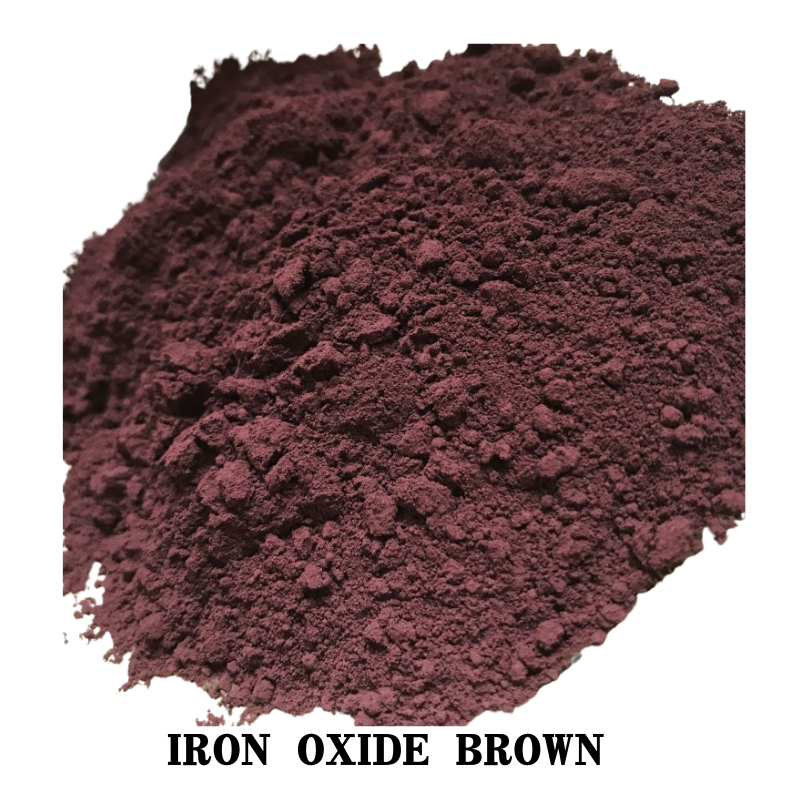
Exploring Different Types and Uses of Perlite in Various Applications
Understanding Perlite Types An Essential Guide
Perlite is a naturally occurring volcanic glass that has become widely known for its unique properties, particularly in horticulture and construction. When heated to high temperatures, perlite expands significantly, creating a lightweight and porous material. This expanded perlite, often referred to as horticultural perlite, is utilized for various applications. However, not all perlite is created equal, leading to different types being considered for specific uses.
Understanding Perlite Types An Essential Guide
1. Fine Perlite Fine perlite consists of smaller grains and has excellent water retention properties. This type of perlite is ideal for seed starting mixes and potting soils, where a high moisture-holding capacity is beneficial. It helps create a structure that retains water and nutrients while allowing for good aeration, which is essential for root health.
perlite types

2. Medium Perlite Medium perlite strikes a balance between water retention and drainage. It is commonly used in potting mixes and as a growing medium for various plants. This type is versatile and can be added to soil to improve aeration and reduce compaction, making it suitable for a wide range of horticultural applications. With its ability to support plant growth while preventing overwatering, medium perlite is a favorite among gardeners.
3. Coarse Perlite Coarse perlite features larger particles and provides excellent drainage. It is often used in situations where excess water must be quickly expelled, making it ideal for succulent and cactus mixes. Coarse perlite allows for airflow within the soil, reducing the risk of root rot and promoting healthy growth in drought-tolerant plants.
Additionally, perlite can be treated to enhance its properties further. For instance, some forms of expanded perlite are coated with nutrients or binders to create specialized products suited for specific agricultural needs. Such innovations expand the versatility of perlite, making it invaluable across various fields, including greenhouse production and hydroponics.
In conclusion, understanding the different types of perlite and their specific applications is crucial for achieving optimal results in both gardening and construction. Whether you are looking to improve drainage, retain moisture, or create a lightweight substrate, selecting the appropriate type of perlite can significantly impact the success of your projects. As a resource that bridges the gap between nature and technology, perlite continues to play a vital role in sustainable practices across industries.
Share
-
Premium Talcum Powder Enhanced with GPT-4 Turbo | Soft & Long-LastingNewsAug.02,2025
-
Fly Ash Solutions Enhanced by GPT-4 Turbo | Sustainable InnovationNewsAug.01,2025
-
Natural Premium Bentonite Cat Litter - Superior ClumpingNewsJul.31,2025
-
Premium Resin Coated Sand - High Heat Resistance CastingNewsJul.31,2025
-
High Quality Silicon Carbide Grit for Abrasive ApplicationsNewsJul.30,2025
-
High-Quality Ceramsite for Plants & Gardening | Lightweight PebblesNewsJul.29,2025






